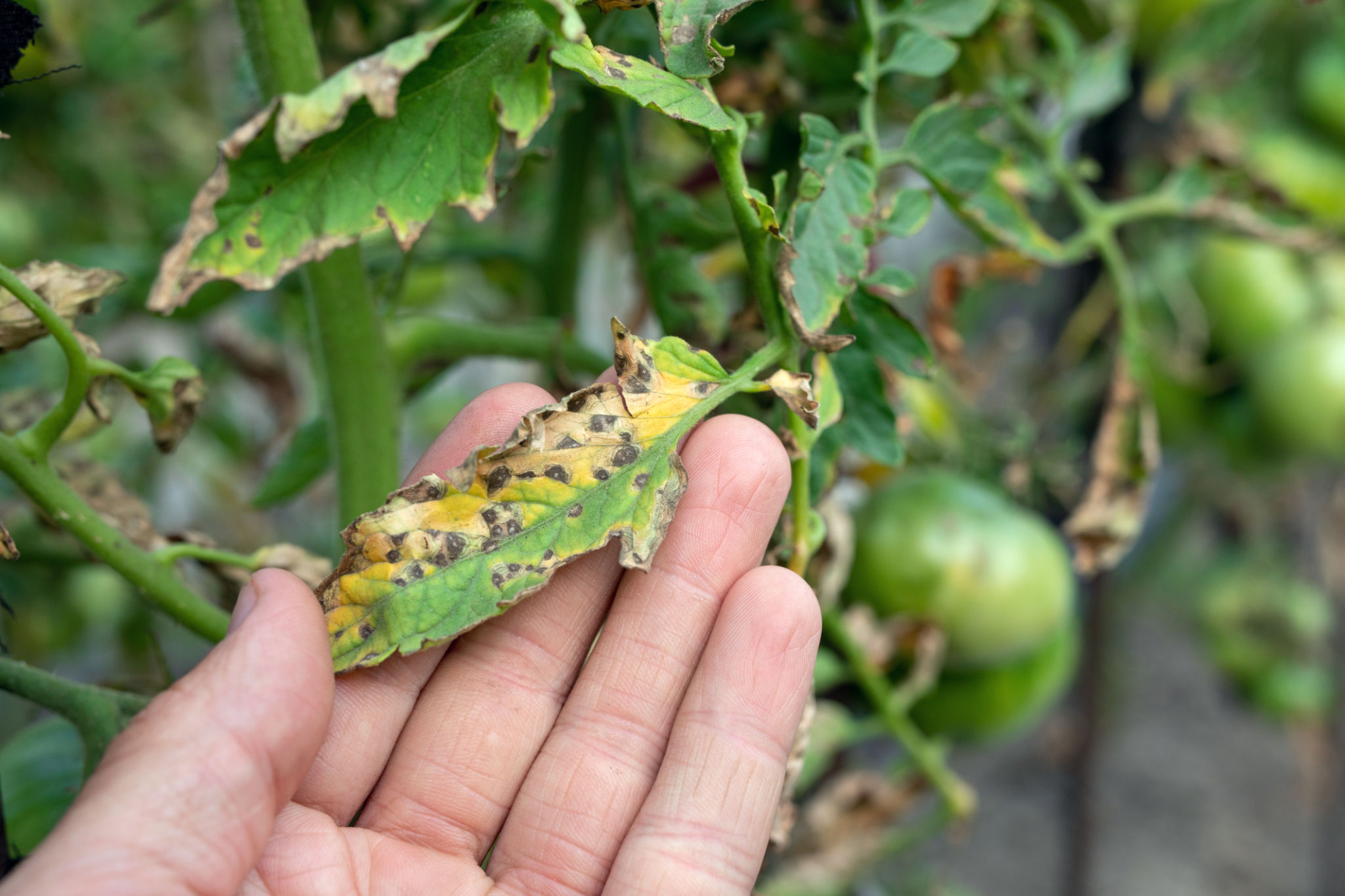FAQs About Tree and Shrub Maintenance: Your Questions Answered
Understanding the Basics of Tree and Shrub Maintenance
Proper tree and shrub maintenance is essential for the health and beauty of your landscape. It involves various activities like pruning, watering, and fertilizing to ensure plants grow strong and healthy. But how often should these tasks be performed? And what are the best practices to follow?

Regular maintenance not only enhances the appearance of your garden but also prevents diseases and pest infestations. By understanding the fundamentals, you can create a thriving outdoor space that requires less intervention over time.
How Often Should You Prune?
Pruning is a critical component of tree and shrub maintenance. The frequency largely depends on the type and age of the plant. Generally, most trees benefit from annual pruning, while shrubs might require more frequent attention.
It's important to prune during the plant's dormant season, usually in late winter or early spring, to minimize stress. However, some species may have specific pruning needs, so it's always best to research the particular requirements of your plants.

What is the Best Way to Water Trees and Shrubs?
Watering is vital for plant health, but overwatering can be as detrimental as underwatering. A general guideline is to water deeply but infrequently, encouraging deep root growth. This can be achieved by soaking the soil to a depth of about 12 inches.
During dry spells or extremely hot weather, additional watering may be necessary. Use a soaker hose or drip irrigation system for efficient water delivery that minimizes waste and ensures plants receive adequate moisture.
Fertilization: When and How Much?
Fertilizing provides essential nutrients for optimal plant growth. However, applying too much fertilizer can harm plants and the environment. Most trees and shrubs require fertilization once a year, ideally in early spring as they begin to grow.

Choose a balanced, slow-release fertilizer to provide nutrients over time. Always follow the manufacturer's instructions to avoid over-fertilization, which can lead to excessive growth or root damage.
Identifying Common Tree and Shrub Diseases
Even with the best maintenance practices, trees and shrubs can fall prey to diseases. Early identification and treatment are crucial to prevent widespread damage.
Some common diseases include blight, powdery mildew, and root rot. Regularly inspecting plants for signs of disease such as discolored leaves, wilting, or unusual growths can help catch problems early.

What Should You Do If You Spot a Disease?
If you detect signs of disease, swift action is necessary. Remove affected plant parts immediately and dispose of them properly to prevent spreading. Depending on the disease, applying fungicides or other treatments might be necessary.
Consult a professional arborist if you're unsure about how to handle specific diseases or if the problem persists despite your efforts.
The Role of Mulching in Plant Health
Mulching plays a significant role in maintaining plant health by conserving soil moisture, suppressing weeds, and providing nutrients as it breaks down. Apply a 2-3 inch layer of organic mulch around the base of trees and shrubs, ensuring it's kept away from the trunk to prevent rot.
By following these guidelines and understanding your plants' specific needs, you'll be well-equipped to maintain a healthy and beautiful landscape year-round.